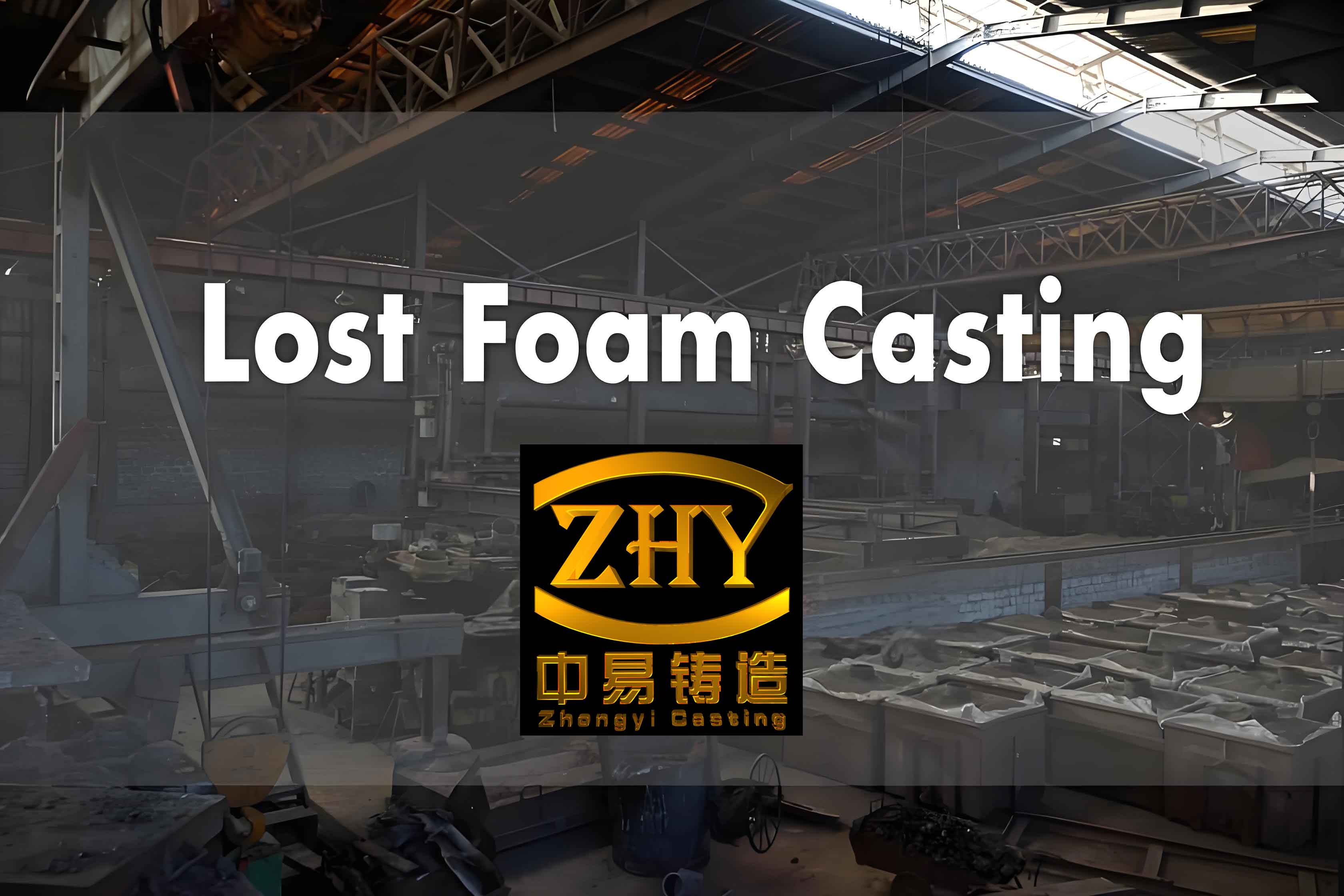
Lost foam casting (LFC) is an innovative process that has revolutionized the manufacturing industry. By utilizing expandable polystyrene (EPS) patterns, lost foam casting allows for the production of intricate and complex metal castings with high precision. This article explores the latest innovations in lost foam casting, focusing on enhancements in precision and cost reduction.
Introduction to Lost Foam Casting
Lost foam casting is a type of evaporative-pattern casting process that uses a foam pattern which evaporates upon contact with molten metal. This method offers several advantages over traditional sand casting, including:
- Reduced need for cores.
- Higher dimensional accuracy.
- Smoother surface finishes.
- Greater design flexibility.
Innovations in Lost Foam Casting
Recent advancements in lost foam casting have significantly improved its precision and cost-effectiveness. Key innovations include:
- Advanced Pattern Materials
- Use of high-density EPS for better detail retention.
- Development of biodegradable foam patterns for environmental sustainability.
- Enhanced Coating Techniques
- Implementation of nanocoatings to improve mold stability and reduce defects.
- Utilization of ceramic coatings for better surface finish and dimensional accuracy.
- Digital Simulation and Modeling
- Integration of computer-aided design (CAD) and computer-aided manufacturing (CAM) systems for precise pattern creation.
- Use of simulation software to predict and mitigate potential casting defects.
- Automation and Robotics
- Deployment of robotic systems for pattern assembly and coating application, enhancing consistency and reducing labor costs.
- Automated inspection systems using machine learning algorithms to detect defects early in the process.
Benefits of Innovations in Lost Foam Casting
The recent innovations in lost foam casting offer numerous benefits:
- Increased Precision: Advanced materials and coating techniques, coupled with digital simulation, result in higher dimensional accuracy and fewer defects.
- Cost Reduction: Automation and robotics reduce labor costs and improve production efficiency, leading to lower overall costs.
- Environmental Impact: The use of biodegradable foam patterns and improved coating materials contribute to a more sustainable casting process.
Case Studies
Case Study 1: Automotive Industry
A leading automotive manufacturer implemented advanced lost foam casting techniques to produce engine components. By using high-density EPS and nanocoatings, the company achieved a 15% reduction in defects and a 10% decrease in production costs.
| Metric | Before Innovation | After Innovation |
|---|---|---|
| Defect Rate | 5% | 2.5% |
| Production Costs | $100,000 | $90,000 |
| Surface Roughness | 8 µm | 5 µm |
Case Study 2: Aerospace Industry
An aerospace firm adopted digital simulation and automated inspection systems for lost foam casting of turbine blades. This led to a significant improvement in precision and a reduction in inspection time by 20%.
| Metric | Before Innovation | After Innovation |
|---|---|---|
| Dimensional Tolerance | ±0.3 mm | ±0.1 mm |
| Inspection Time | 50 hours | 40 hours |
Future Prospects
The future of lost foam casting looks promising with ongoing research and development. Potential areas for future innovation include:
- Advanced Materials: Continued development of new materials for patterns and coatings to further enhance precision and environmental sustainability.
- AI and Machine Learning: Increased use of AI and machine learning for predictive maintenance and quality control in the casting process.
- Integration with Industry 4.0: Greater integration of lost foam casting with Industry 4.0 technologies for a fully connected and automated manufacturing environment.
Conclusion
Innovations in lost foam casting are driving significant improvements in precision and cost reduction. By embracing advanced materials, coating techniques, digital simulation, and automation, manufacturers can achieve higher quality castings at lower costs. As research and development continue, the lost foam casting process will likely see even greater enhancements, solidifying its position as a vital technique in modern manufacturing.
